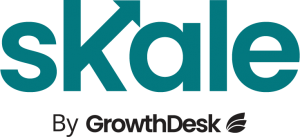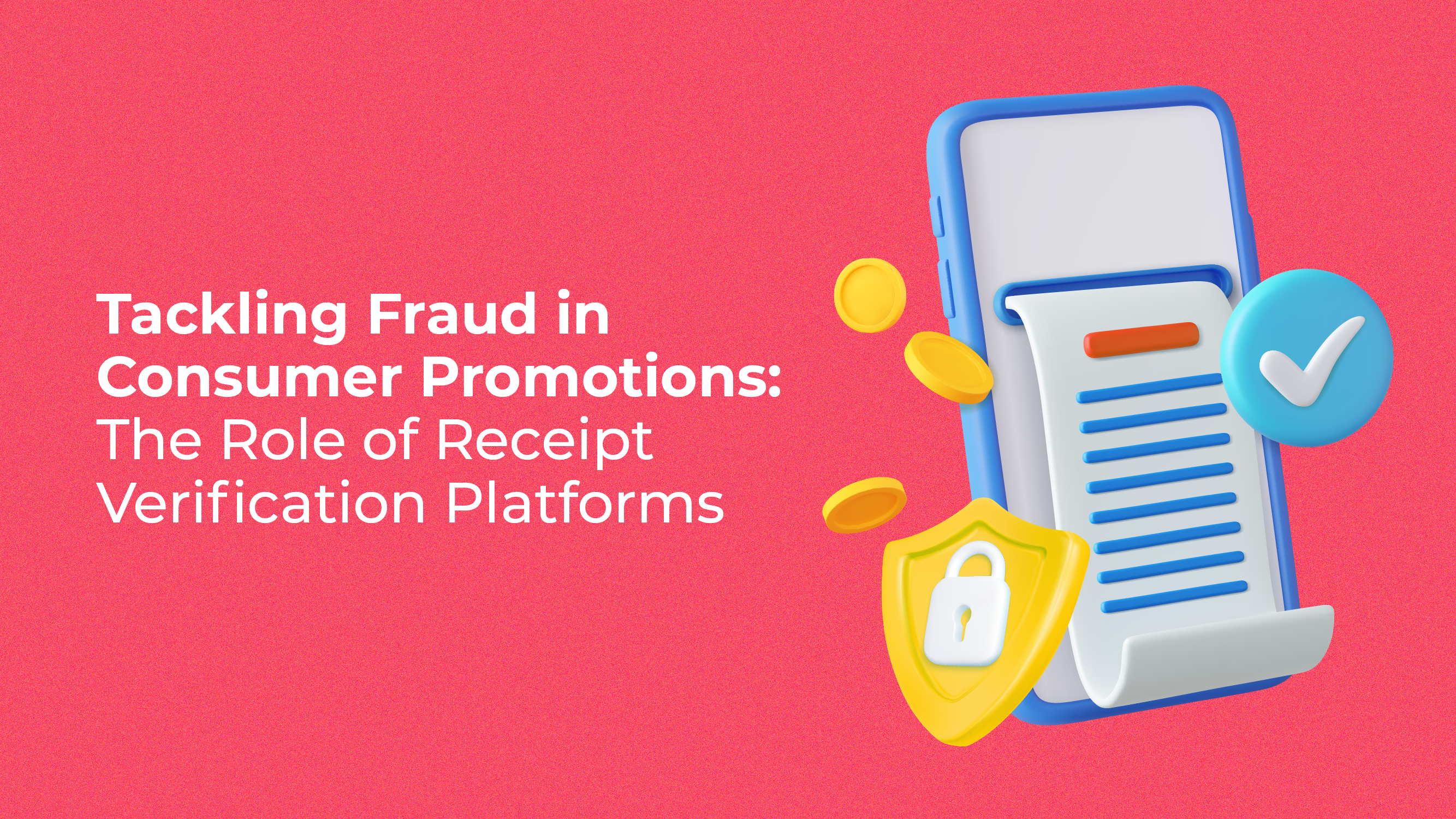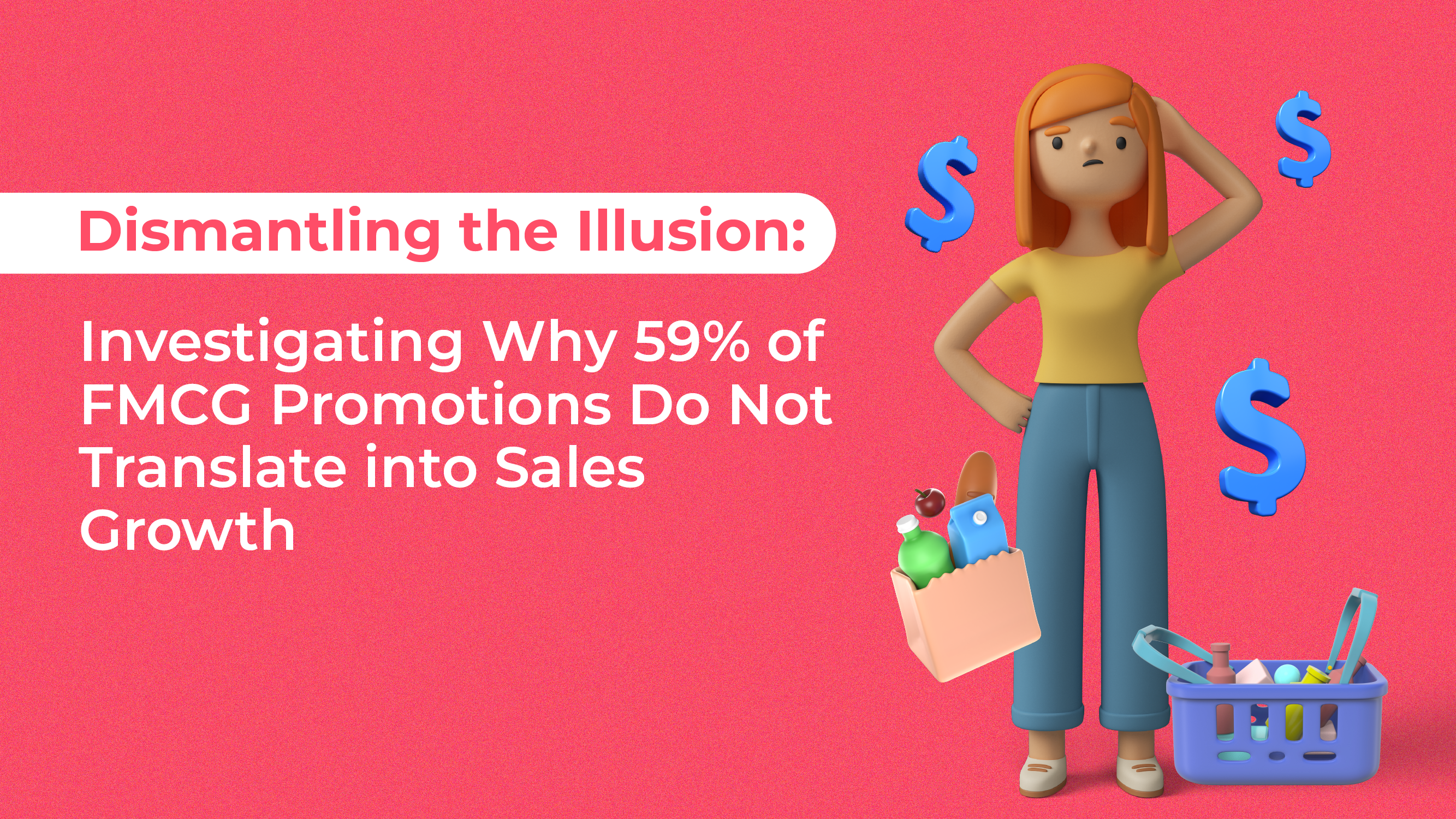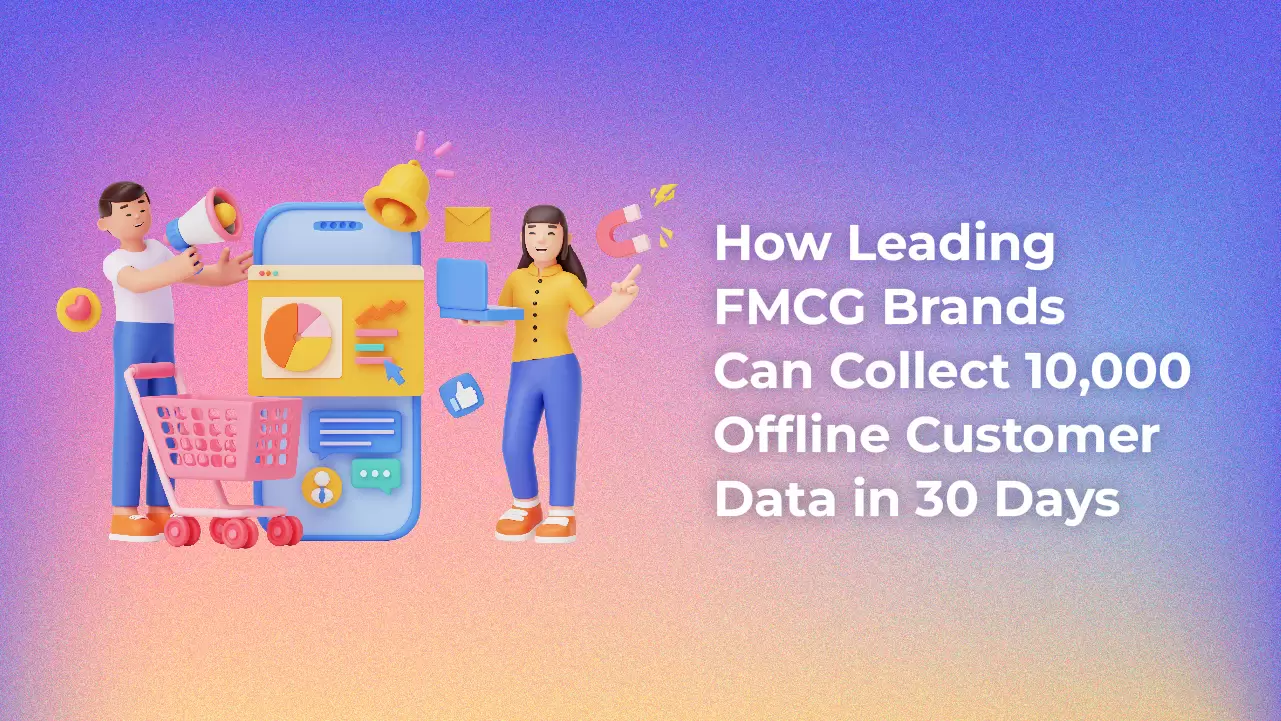This is one question (or some version of it) that is asked on Quora quite often.
And, here is a long version of its reply.
Launching a new business
When you plan to startup, according to the old formula, you write a business plan, pitch it to investors, assemble a team, introduce a product, and start selling as hard as you can. And somewhere in this sequence of events, you’ll probably suffer a fatal setback.
But in the recent few years, a methodology called the “lean start-up,” has emerged and it favors experimentation over elaborate planning, customer feedback over intuition, and iterative design over traditional “big design up front” development.
New ventures of all kinds are attempting to improve their chances of success by following its principles of failing fast and continually learning.
Startup = experiment
The lean startup methodology believes that startups do not have a business model that works, yet. A ‘startup’ is still a company that is confused about –What its product is. Who its customers are. How to make money. As soon as it figures out all 3 things, it ceases being a startup and becomes a real business. We start with assumptions or hunches about most if everything, to begin with. More early you start to get a sense for theories against reality, the safer you are.
Unlike in earlier times, today’s founders start small and make smart micro-experiments, besides customer interviews to test the assumptions.
MVP experiments
MVP stands for the minimum viable product. At any stage when you go through Learn-Build-Test loop, your most critical assumption that you want to test drives what features you build in the product. And, this essentially is the core of MVP. MVP concept was devised – to build a functional but “minimally-produced” kind of micro-prototype, ship it and battle-test our concept.
Lean startup building steps
To use the lean startup methodology, follow these steps when you have an idea.
Takeaway
Lean startup methodology may sound like an unnecessary effort, but that’s the safest way to start-up when you have an idea.





